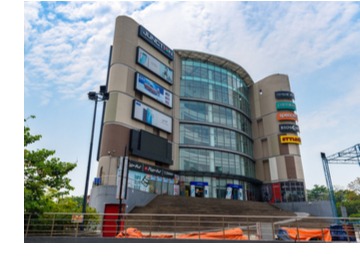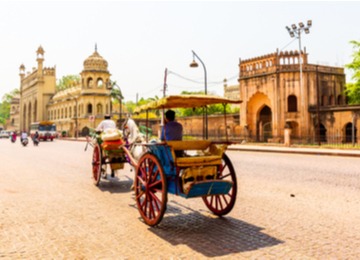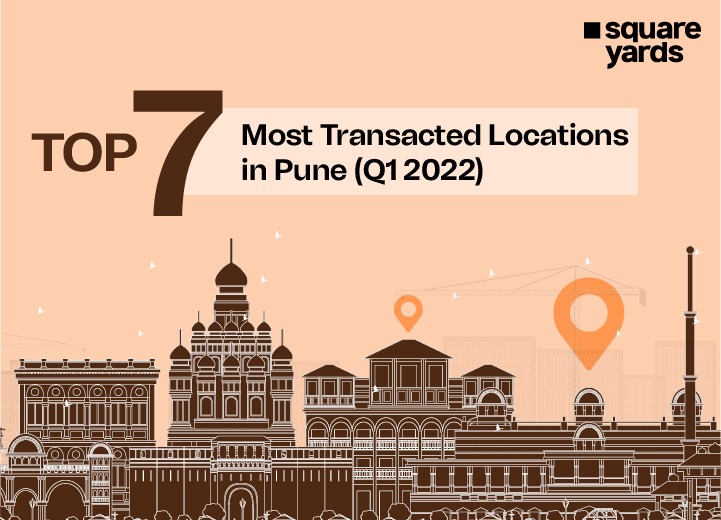The pandemic and the remote working culture are nudging millennials to shift to their hometowns from virus-ravaged metro cities.
Imagine getting up early on a Monday morning – beating that insane traffic to reach the office on time and complaining everyday about living life stuck in a rut. Well! Monday mornings are different now. Your study room/bedroom/living room is where your workplace is. COVID-19 has transformed our day-to-day lives. A large chunk of the corporate workforce is returning to their hometowns. This reverse migration and increased remote working flexibility have surged the residential demand in the tier-II and tier-III cities in the country. Following the pattern, a lot of IT companies are looking forward to setting up branches of their offices in Tier-II and Tier-III Cities. Let’s have a look at the emergence of these cities in the post COVID era.
Infrastructure Development in Tier-II and Tier-III Cities
Tier-II and Tier-III cities are witnessing rapid infrastructure development and emerging as employment hubs. Cities with a great mix of physical and social infrastructure and a competitive price of real estate have witnessed a spur in demand. Homebuyers are now preferring to invest in spacious homes at a growing location in comparison to smaller apartments in an expensive metro location. Properties in a strategic location with seamless connectivity are mostly being preferred. The development of metro services, low cost of living, and enhanced infrastructure have given a fillip to the demand for real estate in Tier-II and Tier-III cities.

Corporate Offices and Co-working Spaces in Tier-II Cities
The launch of smaller airports under the government’s UDAAN Scheme has catapulted the opening of corporate offices in Tier-II Cities. The availability of infrastructure, talent, and cheap real estate has made multinational giants like HCL, Infosys, Wipro, Ericsson, TCS, Amazon, and OYO expand their reach to Tier-II cities. There is also expected to be an uptick in the demand for co-working spaces as it will help corporates to cut capital and adjust operations according to the market.
In the post-COVID era, corporates have been re-thinking their strategies and office space is one of the prime concerns. Unlike pre-COVID days, when consolidating the whole team at one location was the focus, de-centralizing, and taking up multiple smaller offices in different locations might become the norm now. This would also augment demand for office space in Tier-II and Tier-III cities and hence residential demand.
Homebuyers Preferring Low Rise Homes
Affordability and better growth prospects are compelling homebuyers to invest in Tier-II cities. Some developers are targeting these homebuyers and offering low rise apartments, modern townships, and affordable plots in Tier-II cities. India Housing Report tells us interesting stats – Over 65 percent construction of apartments in Tier-II Cities are either single or double stories in comparison to 38 percent in metro cities. Low rise homes are quite popular in Tier-II cities after plotted developments. With employers offering work from home, buyers from these small cities are preferring to invest in a property in their hometowns. Looking at the behavioural pattern, buyers in these cities prefer low rise homes compared to the high rises in metro cities.
Tier II Cities – Upcoming Hubs for Logistics and Warehousing
Cities like Ludhiana, Coimbatore, Guwahati, Vapi, Surat, Bhubaneshwar, Lucknow, Patna, Ambala, Siliguri are witnessing logistics and warehousing demand. A multitude of government initiatives – the improvement in the Ease of Doing Business Index and the initiatives taken under the proposed National Logistics Policy and National E-Commerce Policy has given a major thrust to the sector and laid the roadmap for growth in Tier-II cities. Advantages of low rentals, manpower at a reduced cost, high vacancy levels are drifting the growth.
Government Initiatives for Uplifting Real Estate
The government has shown significant support for the development and infrastructure in small cities. The campaigns like Smart City Mission, AMRUT, and Pradhan Mantri Awas Yojana reflect their preparedness for boosting real estate in Tier-II cities. RBI’s announcement of a cut in repo rate and relief package for Housing Finance Companies are some of the initiatives taken to boost the real estate sector in Tier-II and Tier-III cities.
The Growing Tilt towards Tier-II Cities
With the exhausted potential of prime areas in Tier-I Cities, buyers are now looking forward to investing in Tier-II Cities.
The Government’s Local for Vocal campaign offers a much-needed boost to the manufacturing industries in smaller cities. The rising scale of business would have a domino effect on real estate development in Tier-II cities. Seasoned investors and developers are building well maintained and integrated townships, in Tier-II cities. There are several modern residential and commercial projects cropping up with a timeline of 2-3 years, which will redefine the future here. Residents can expect to welcome better job opportunities, which will also give the much-needed impetus to the economy here.
Also read: Luxury Housing in the Post-Pandemic Era































